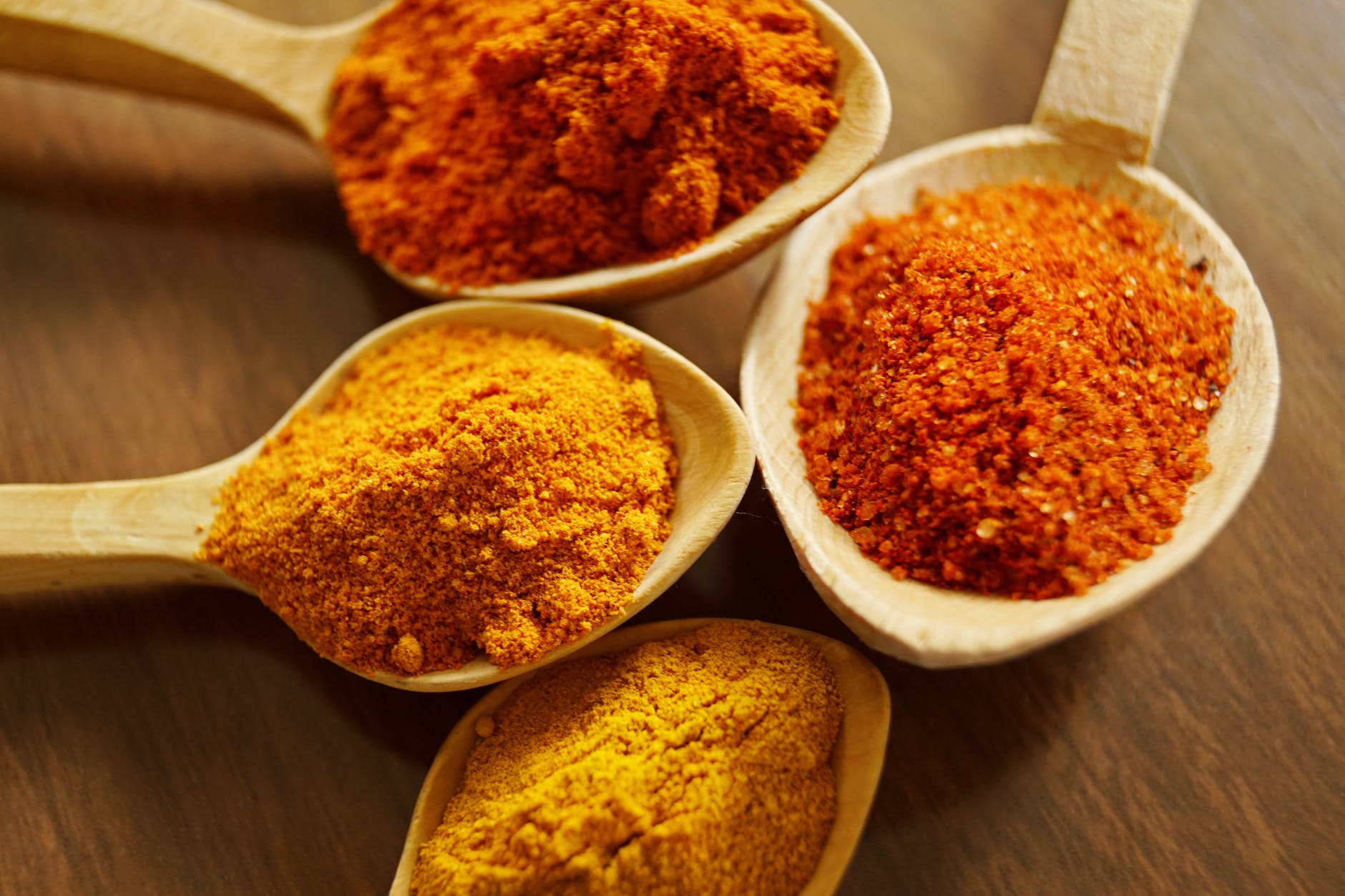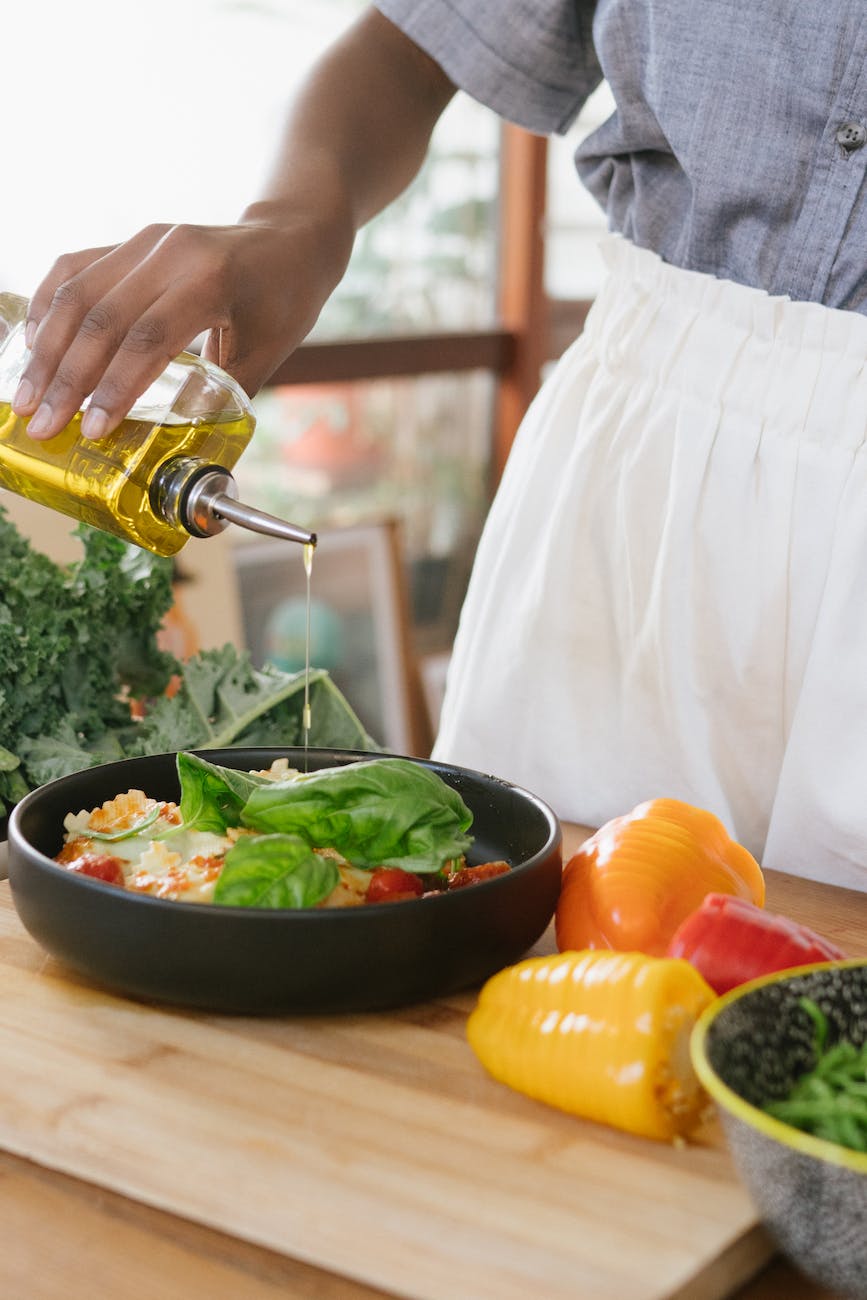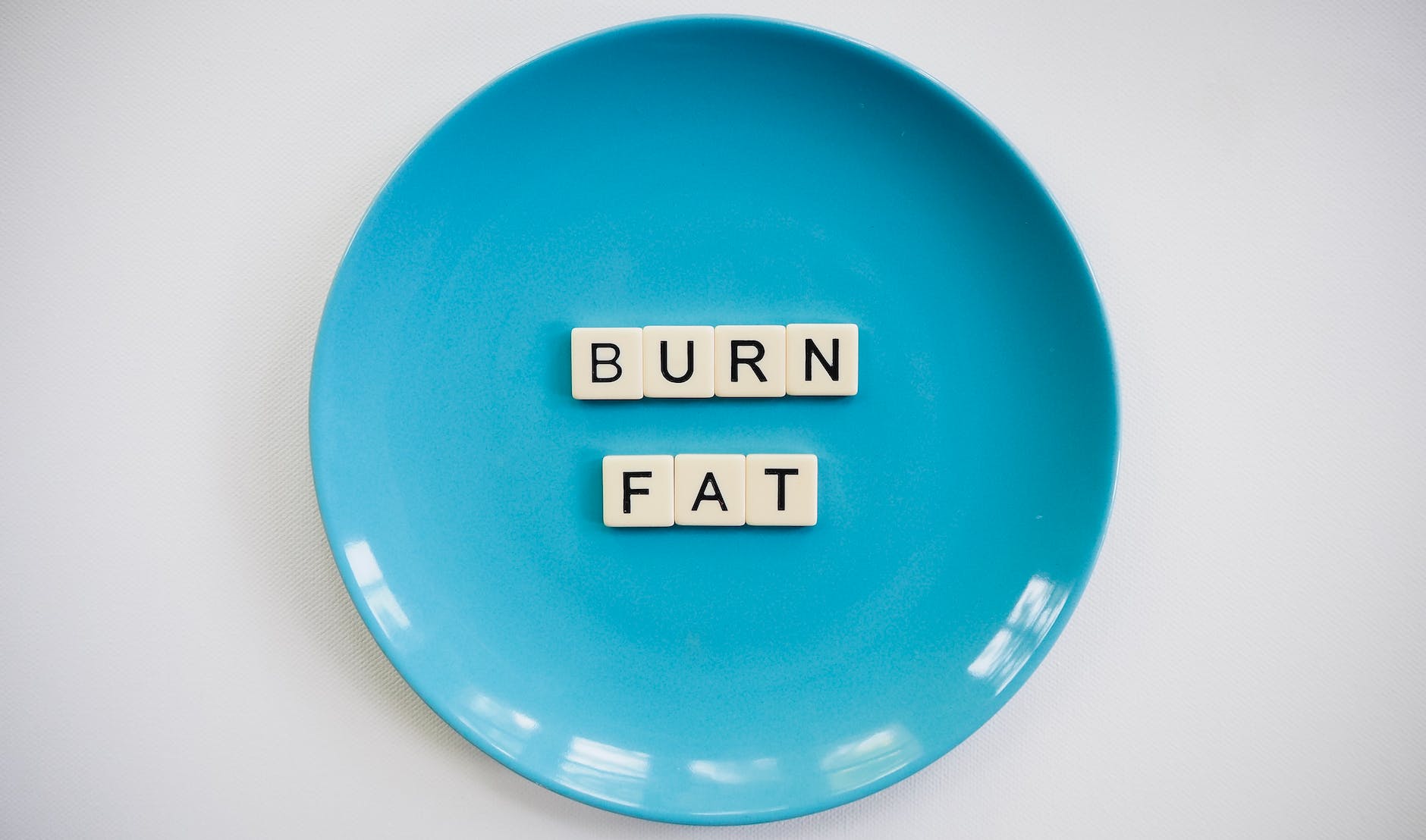
Embarking on a weight loss journey can feel daunting, particularly when it comes to planning and preparing meals. Yet, the benefits of a plant-based diet for weight loss are increasingly recognized. High in fiber and low in saturated fats, plant-based meals can help you feel full and satisfied while consuming fewer calories.
Adopting a plant-based diet doesn’t mean you have to sacrifice flavor or variety. There are a myriad of delicious, satisfying plant-based dishes that can aid in weight loss while keeping your taste buds excited. Here are 10 plant-based meal prep ideas, tailored to support your weight loss journey. Each recipe provides a breakdown of serving size, estimated macronutrients, and practical meal prep information, along with an engaging description of the cooking process.
1. Roasted Vegetable Quinoa Salad
Begin by roasting a colorful array of vegetables like bell peppers, zucchini, and cherry tomatoes, until they’re tender and slightly charred. While your veggies are roasting, cook your quinoa until it’s fluffy. Combine the roasted veggies and quinoa, then toss with a light lemon and olive oil dressing. This salad is as pleasing to the eye as it is to the palate, and it’s packed with fiber to keep you feeling full.
- Serving Size: 300g
- Macros (per serving): 300 calories, 10g protein, 45g carbs, 10g fat
- Cooking time: 45 minutes
- Best time to eat: Lunch or dinner
- Storage instructions: Store in an airtight container in the refrigerator for up to 4 days. Best served cold.
2. Vegan Vegetable Stir Fry with Tofu
This is a simple, versatile dish that allows you to use whatever vegetables you have on hand. Begin by pressing and cubing your tofu, then pan-fry until golden brown. Set the tofu aside and stir-fry a mix of your favorite veggies — try bell peppers, broccoli, snap peas, and carrots. Return the tofu to the pan, add your choice of low-sodium soy sauce or teriyaki sauce, and stir to combine.
- Serving Size: 300g
- Macros (per serving): 300 calories, 20g protein, 30g carbs, 10g fat
- Cooking time: 30 minutes
- Best time to eat: Lunch or dinner
- Storage instructions: Store in an airtight container in the refrigerator for up to 4 days. Best reheated before serving.
3. Sweet Potato and Black Bean Chili
This hearty, fiber-rich chili is sure to satisfy. Start by sautéing onions, garlic, and bell peppers. Add diced sweet potatoes and cook until slightly softened. Stir in black beans, canned tomatoes, and a blend of spices (try cumin, chili powder, and smoked paprika). Let the chili simmer until everything is tender and the flavors have melded together.
- Serving Size: 350g
- Macros (per serving): 400 calories, 15g protein, 60g carbs, 8g fat
- Cooking time: 45 minutes
- Best time to eat: Lunch or dinner
- Storage instructions: Store in an airtight container in the refrigerator for up to 5 days. Best reheated before serving.
4. Lentil and Vegetable Curry
Begin by sautéing onions, garlic, and ginger until they’re aromatic. Stir in a blend of spices like turmeric, cumin, coriander, and garam masala. Add lentils, a mix of vegetables (try cauliflower, peas, and carrots), and a can of lite coconut milk. Let the curry simmer until the vegetables are tender and the lentils are cooked through.
- Serving Size: 350g
- Macros (per serving): 400 calories, 20g protein, 55g carbs, 10g fat
- Cooking time: 45 minutes
- Best time to eat: Lunch or dinner
- Storage instructions: Store in an airtight container in the refrigerator for up to 4 days. Best reheated before serving.
5. Vegan Stuffed Bell Peppers
For these flavorful stuffed peppers, start by prepping your bell peppers – cut off their tops, remove the seeds, and set them aside. Cook a mixture of quinoa and black beans, seasoned with your favorite spices. Stir in diced tomatoes and corn, then spoon this mixture into your bell peppers. Bake until the peppers are tender.
- Serving Size: 300g
- Macros (per serving): 300 calories, 12g protein, 50g carbs, 5g fat
- Cooking time: 45 minutes
- Best time to eat: Lunch or dinner
- Storage instructions: Store in an airtight container in the refrigerator for up to 4 days. Best reheated before serving.
6. Vegan Lentil Bolognese with Zucchini Noodles
This dish is a lighter, plant-based twist on a classic Italian favorite. Start by sautéing onions, carrots, and celery until soft. Stir in garlic, then add lentils, canned tomatoes, and vegetable broth. Let the mixture simmer until the lentils are tender. Meanwhile, spiralize your zucchini into noodles. Serve the lentil Bolognese over the zucchini noodles, and finish with a sprinkle of nutritional yeast.
- Serving Size: 300g
- Macros (per serving): 300 calories, 20g protein, 40g carbs, 7g fat
- Cooking time: 45 minutes
- Best time to eat: Lunch or dinner
- Storage instructions: Store in an airtight container in the refrigerator for up to 4 days. Best reheated before serving.
7. Vegan Sushi Bowl with Edamame and Avocado
Start with a base of sushi rice or cauliflower rice for a lower-carb option. Top with shelled edamame, sliced avocado, cucumber, and shredded carrots. Add a sprinkle of sesame seeds and a drizzle of low-sodium soy sauce or tamari. For added protein, include some baked tofu cubes.
- Serving Size: 350g
- Macros (per serving): 400 calories, 20g protein, 50g carbs, 12g fat
- Cooking time: 30 minutes
- Best time to eat: Lunch or dinner
- Storage instructions: Store in an airtight container in the refrigerator for up to 4 days. Best served cold.
8. Vegan Chickpea Salad Wraps
Mash canned chickpeas with vegan mayo, mustard, and a sprinkle of dill. Stir in diced celery and onions for added crunch. Serve this chickpea salad in a whole-grain wrap or a large lettuce leaf, with a side of your favorite raw veggies.
- Serving Size: 300g
- Macros (per serving): 300 calories, 15g protein, 40g carbs, 10g fat
- Cooking time: 15 minutes
- Best time to eat: Lunch
- Storage instructions: Store the chickpea salad in an airtight container in the refrigerator for up to 4 days. Best served cold.
9. Vegan Greek Salad with Tofu Feta
Marinate cubed tofu in a mixture of lemon juice, olive oil, and oregano to create a vegan “feta”. Meanwhile, chop cucumbers, tomatoes, red onions, and olives, and toss with a light vinaigrette. Top the salad with your tofu feta and a sprinkle of dried oregano.
- Serving Size: 300g
- Macros (per serving): 300 calories, 15g protein, 25g carbs, 15g fat
- Cooking time: 30 minutes (plus time for marinating)
- Best time to eat: Lunch or dinner
- Storage instructions: Store in an airtight container in the refrigerator for up to 4 days. Best served cold.
10. Vegan Cauliflower Fried Rice
This is a lighter take on classic fried rice. Start by pulsing cauliflower in a food processor until it resembles rice. Sauté onions, garlic, and carrots until soft, then add the cauliflower rice, peas, and low-sodium soy sauce. Stir-fry until everything is well combined and heated through. For added protein, stir in some baked tofu cubes.
- Serving Size: 300g
- Macros (per serving): 300 calories, 15g protein, 30g carbs, 10g fat
- Cooking time: 30 minutes
- Best time to eat: Lunch or dinner
- Storage instructions: Store in an airtight container in the refrigerator for up to 4 days. Best reheated before serving.
With these ten plant-based meal prep ideas, you’ll have a variety of delicious, healthy options to support your weight loss journey. The beauty of these recipes is not just in their simplicity, but also their adaptability. Feel free to add or substitute ingredients based on your preference, ensuring you never tire of eating healthily.
Thank you for taking the time to explore these meal prep ideas. We’re confident that you’ll find them both enjoyable to prepare and delicious to consume. If you try any of these recipes or have any of your own favorites, we would love to hear about your experience. Please feel free to leave a comment below. We hope you’ll share this article with others who might find it beneficial. Remember, every journey begins with a single step, and every healthy meal contributes to your weight loss success.













